A Research Spotlight From Breakthrough RESEARCH
USAID Tulonge Afya’s NAWEZA Platform
Building Evidence to Inform Practice for Integrated Social and Behavior Change Programming

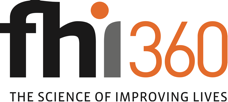

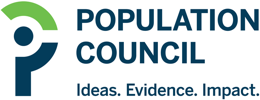

“It’s a joyful thing when you see a customer leaving your office with happiness… when you see people are after you, name you, taking your phone number so that they can call you when they have a problem, you must know that they love you and the service that you offer is good.”
“…make your family attractive to others, even someone who is just passing by should learn something from you…I find that, if my family lives in [a] good environment, I will [be] a good model to others in the community.”
“There’s a saying that goes by ‘Nani kama Mama.’ There’s no one like mother. We pray that our children continue to grow in stature. We are counting on them for our future. We pray that they grow and succeed.”
Building Evidence to Inform Practice for Integrated Social and Behavior Change Programming





Breakthrough RESEARCH, with input from the United States Agency for International Development (USAID) and cross-sectoral implementing partners, developed research and learning agendas (RLAs) to strengthen two important areas of social and behavior change (SBC) programming: integrated SBC programming and provider behavior change (PBC).
Integrated social and behavior change (SBC) refers to programming that addresses behaviors concerning multiple health areas or development sectors in a coordinated and intentional way. Typically, integrated SBC programming involves developing a single, coherent SBC strategy, which may group behaviors that are:
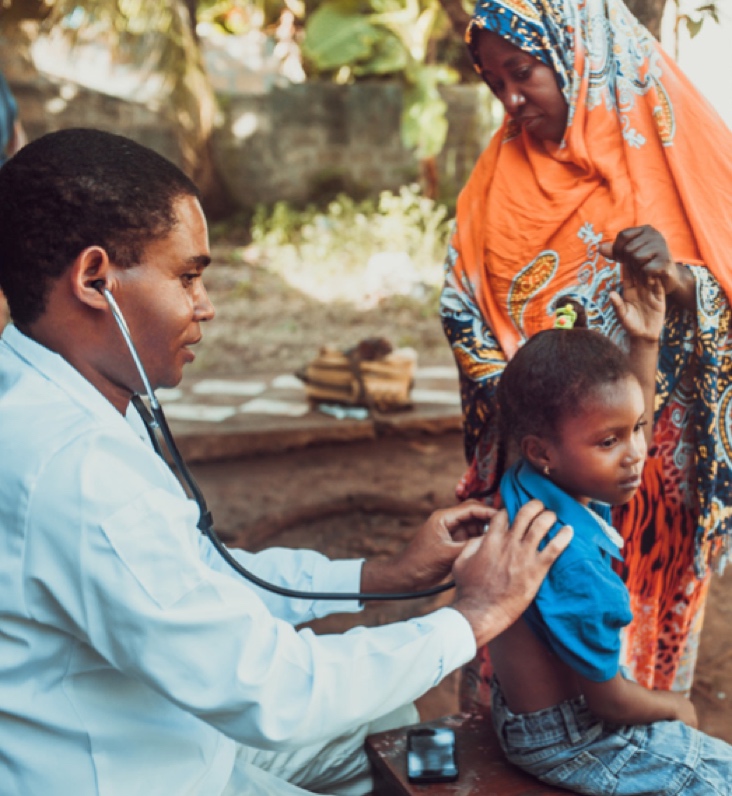

NAWEZA is an integrated SBC strategy and platform for adults advanced by the FHI 360-managed, USAID-funded Tulonge Afya project in Tanzania that spans the health areas of family planning and reproductive health; malaria; maternal, newborn, and child health (MNCH); human immunodeficiency virus (HIV); and tuberculosis (TB).
NAWEZA works to address key individual, social, and structural determinants of priority behaviors through interpersonal communication, community-level dialogue and related activities, national-level above-the-line media, and community and mid-media.
NAWEZA’s core belief is that SBC integration may lead to stronger and more holistic programming and outcomes. It is designed to complement existing Government of Tanzania and USAID efforts toward the provision and strengthening of integrated health services.
In addition to national and regional activities, enhanced districts receive increased SBC support through radio, district mobilization, joint planning, and grants.
NAWEZA addresses pregnant women, their partners, and caregivers of under five children, with a focus on the first 1,000 days; and other key household, community, and health-provider influencers.
NAWEZA employs a life-stage approach as a framework for integrated SBC. As individuals have different health needs and priorities based on their life stage, the life-stage appropriate SBC platforms will enable tailored messages, activities, and channels for each key life stage.
What Conditions Enable Appropriate and Feasible Design and Implementation of Integrated SBC Programming?
To ensure the design and implementation of the project account for the specific social and environmental conditions of target populations within the identified geographic locations.
“Donors, governments, and implementers, while willing to take a chance, typically drive the performance of vertical health programs (malaria, HIV, FP/RH, etc.). That trickles down to how each aspect of an SBC intervention is delivered and assessed: not as part of a cohesive whole, but as contributing to gains for singular, detached health areas… Each stakeholder needs to buy into the ‘integration’ concept and what it means in practical terms, including what they will be contributing and benefitting from as a result of the integration endeavors. This takes time and resources but is an investment well spent as it will underpin a commitment to coordinated SBC efforts going forward.”
For effective integrated SBC design and implementation, USAID Tulonge Afya systematically engaged stakeholders throughout the formative design process.
The behavioral prioritization workshop was held with key stakeholders, who engaged in a process of identifying and prioritizing behaviors for each target population.
Identify priority behaviors that are likely to effect morbidity and mortality for multiple health outcomes aligning with Government of Tanzania and USAID priorities.
Examples of Priority Behaviors Targeted Within NAWEZA:
To meet the urgent needs of service-delivery and other partners, USAID Tulonge Afya immediately launched an accelerated support strategy to address vertical health needs while the integrated SBC platform was developed. This accelerated strategy enabled USAID Tulonge Afya to meet implementing-partner needs and minimize gaps in programming and service delivery.
The strategy entailed material inventory, stakeholder technical reviews, and update or development of HIV, family planning, MNCH, and gender norms-specific SBC materials.
Radio spots and print materials (brochures, posters, and banners) that promoted priority behaviors across focal health areas, including HIV, family planning, malaria, and MNCH, as well as cross-cutting gender norms.
What Norms or Other Determinants Influence Multiple Behaviors?
Identifying determinants that have ripple effects on multiple behaviors helps shape the design of the program. These underlying determinants can then be monitored over time to assess program success.
Determine emotional drivers of priority behaviors among target audiences for each of the focal health areas, which is essential to developing effective messaging and activities.
Guides for each target audience used projective techniques and questions with no obvious answers. These open-ended questions provided rare insights into participants' deepest desires, rather than superficial and often untrue data, and provided program and message developers with fresh and unique insights to inform message and campaign strategies.
Insight reports by focal health area provide a deeper understanding of primary and secondary emotional drivers that impact behavior.
Illustrative Output of Primary and Secondary Drivers With Select Key Audiences
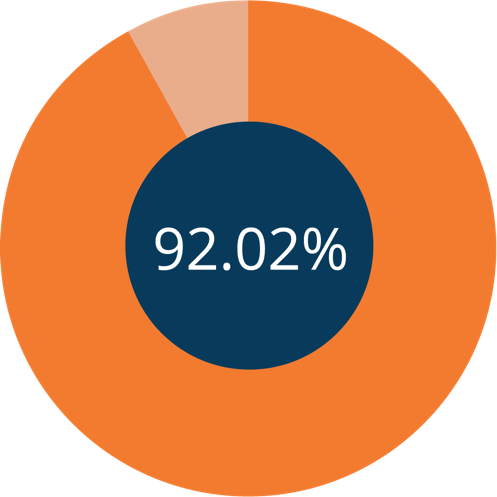
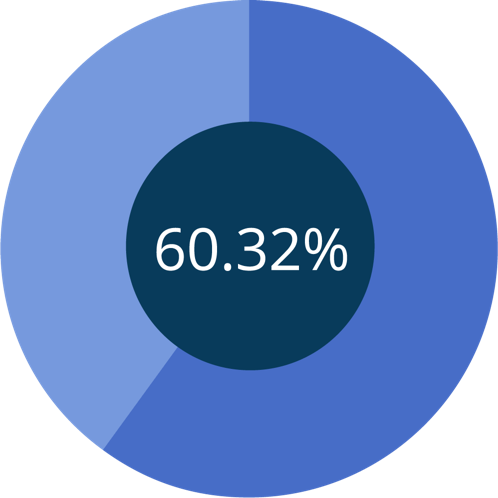
Translating Research Insights into SBC Objectives
Illustrative Example From NAWEZA Platform
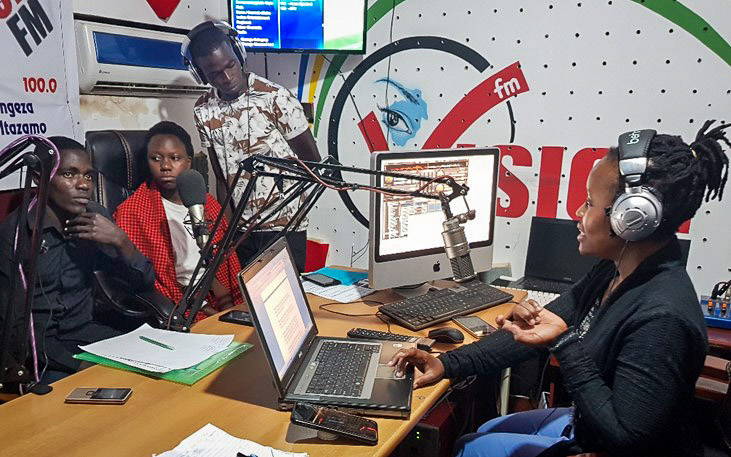
Young adults participate in a round table discussion during a USAID Tulonge Afya-supported community radio show.
I can’t always choose my circumstances. Or where I was born. But I CAN—“NAWEZA"—choose what I do to make my life better. And making my life better begins with recognizing that the most important choice I CAN make, is to keep myself and my family strong and healthy. Because when we are strong and healthy, we prosper more.
There are those who say “I CAN” and those who say “I HOPE.” “I HOPE” is just a wish. But “I CAN” is a mindset. It says: I am the captain of my destiny. I am the master of my fate.
"I CAN” inspires me to be the best version of me, my best possible self.
I CAN be the best wife. I CAN be the best husband. I CAN be the best mama. I CAN be the best baba. I CAN do it!
I CAN be healthy. I CAN keep my family malaria free. I CAN have kids when I choose to. I CAN live a full life even if I’m HIV positive. I CAN give my unborn baby the best chance. “I CAN” means I have the power, we have the power. I CAN take actions to make my family happier and healthier.
What Are the Program Effects of the Integrated SBC Platform?
Tulonge Afya is identifying answers through the use of an adaptive management framework and activities including:
The SBC Adaptive Management Framework guides data collection and use at key points to enhance SBC programs. The framework has five phases that address data collection (including tools such as the household [HH] data collection tool), analysis, interpretation and decision-making, planning and documenting adaptations, and quality assurance (QA).
A quantitative survey administered through in-person interviews with a nationally representative sample of the project’s target audiences disaggregated by sex, age, and region.
NAWEZA target audiences
The survey gathers data on reach, recall, and exposure to project campaigns and messages, as well as indicators aligned with the project’s NAWEZA SBC strategy (e.g., HIV testing uptake, insecticide-treated net use, ANC attendance during most recent pregnancy, attitudes toward family planning).
Family planning
Healthy timing and spacing of pregnancy
61%
18,624,213
Maternal, Newborn, and Child Health
Early ANC for pregnant women
69%
21,066,732
Malaria
Pregnant women take SP/Fansidar at least three times during pregnancy to prevent malaria
55%
16,792,323
Tuberculosis (TB)
TB screening and treatment services for signs and symptoms
41%
12,517,913
HIV
HIV testing if at risk and early initiation of ART if you test positive
68%
20,761,417
HIV
Pregnant women test for HIV
75%
22,898,622
HIV
Adherence to ART
52%
15,876,377
Source: Omnibus survey conducted in September 2018 with a nationally representative sample. The estimated number of people exposed was computed using the average proportion of individuals who reported having heard each message per channel.
Generate insights about implementation of USAID Tulonge Afya’s NAWEZA platform over the first two and a half years of the five-year project to identify successes and best/promising strategies and interventions that can be sustained throughout the project’s life and scaled up to other regions and districts.
Purpose and content of each qualitative data collection method:
Dissemination meeting with USAID Tulonge Afya and key stakeholders, final report, and slide deck highlighting key findings and programmatic recommendations (forthcoming May 2020).
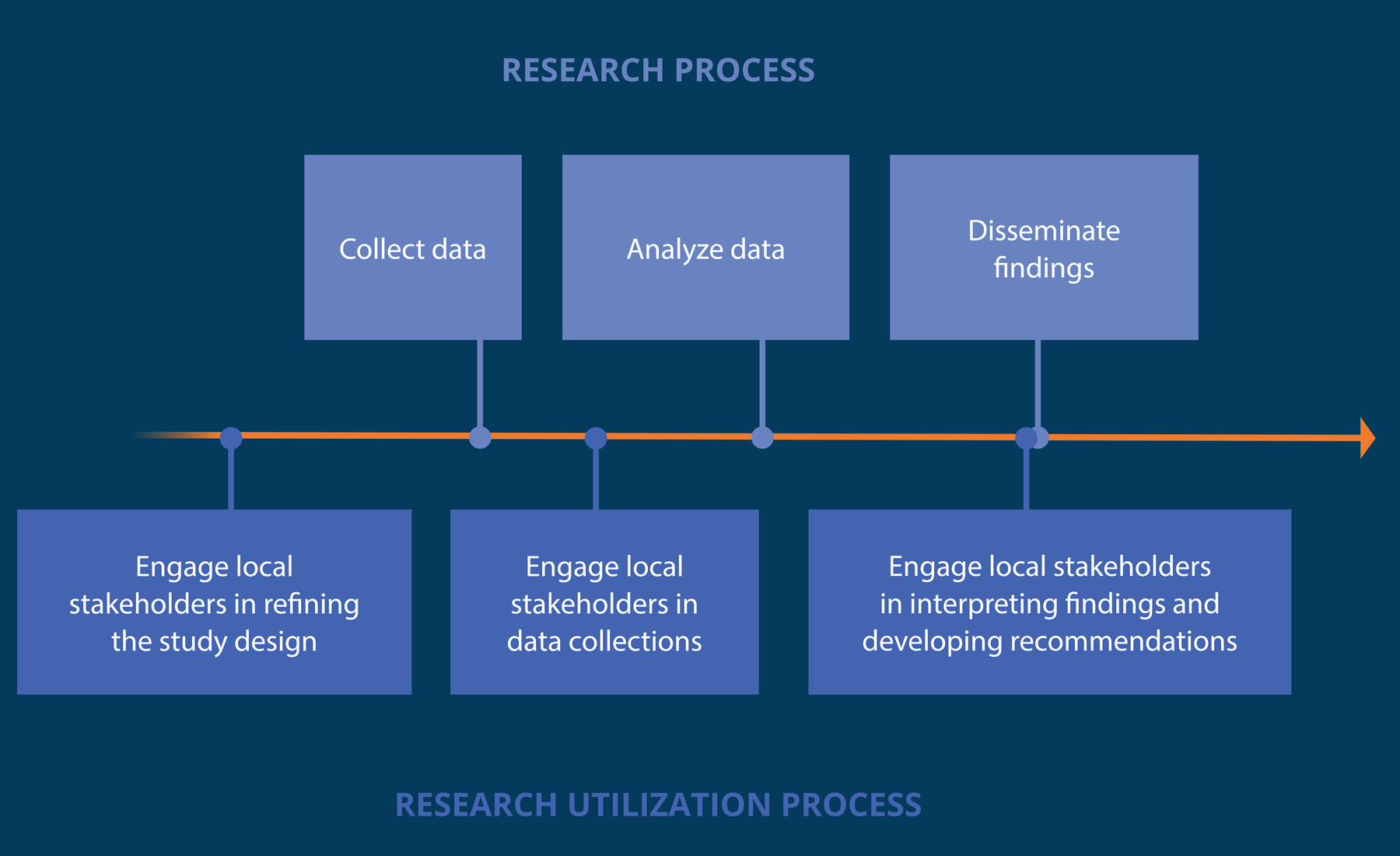
...It used to be a challenge before because people thought it was a waste of time to come and listen to you.... So, we were helped by village and hamlet leaders, village and ward executive officers and they know about the TA [USAID Tulonge Afya] project.
I came to realize that if a couple that doesn’t practice FP [family planning], it makes a woman miserable. It also decreases family production. The woman becomes miserable because she is constantly caring for pregnancy and babies, such that she cannot get involved in production activities. Therefore, I learned that the family that practices FP makes a woman feel happy and production increases at the family level.”
“For instance, for a person dealing with HIV in vertical programs, they are usually involved in everything, so I go for supervision and I create guidelines, and my work here is to support all HIV interventions in SBCC, whether it be HIV testing, or STIs, or VMMC [voluntary medical male circumcision] or care and treatment. It is everything. So, I must know everything. If you tell me now to start doing SBCC for malaria I would have to start to learn so that I can know all I need about malaria.”
“...we are engaged in every step of this (SBC materials) development, in the past I think we were more just served with the materials like ‘here they are please use them’. I think that’s the difference.”
Figure 1 shows a dashboard visualization from project monitoring data illustrating progress against NAWEZA reach targets for the first half of Fiscal Year 2021 (Quarters 1 and 2).
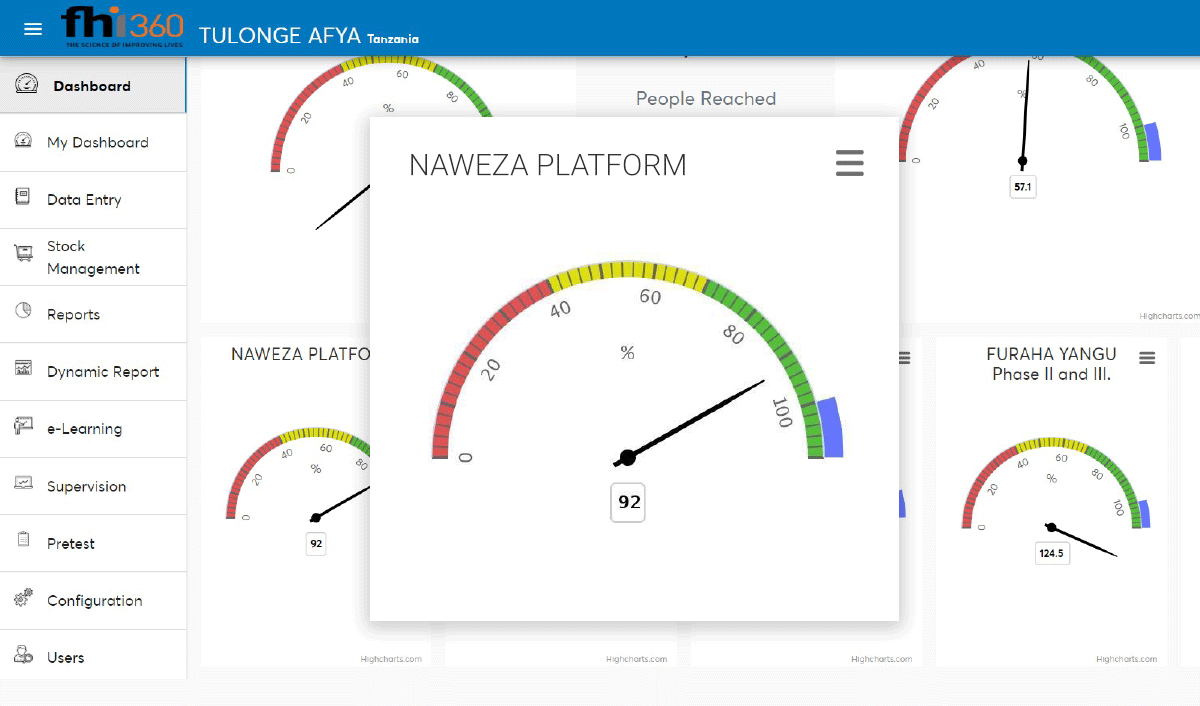
Figure 2 uses project monitoring data to show participant retention in multi-session interpersonal communication activities from January through March 2021. Multi-session activities are designed to reach and engage participants throughout the course of several complementary sessions. Data on the proportion of participants retained across each session provides a more nuanced understanding of priority population reach and exposure. It can also indicate participants’ perception of how engaging and beneficial they find the sessions.
Note: IPC is an acronym for interpersonal communication.
Figure 3 shows omnibus survey data thats tracks USAID Tulonge Afya’s progress in shifting priority behavioral determinants over time and enables comparisons between those who are and are not exposed to SBC activities. These data are used to inform an understanding of how the project contributes to its behavior change objectives.
Notes: FY represents fiscal year, which may not be the same as calendar year. No data were collected in Quarter 1 of FY2021.
Figure 4 presents data accessed via the national DHIS2 system. It allows the project to visualize trends in HIV testing over time and assess positivity yields, contributing to the project’s understanding of whether it is effectively driving demand for HIV testing among higher-risk audiences.
Note: FY represents fiscal year, which may not be the same as calendar year.
Source: Tanzania HMIS, National Health Data Warehouse, District Health Information Software 2. https://dhis.moh.go.tz
The service delivery data illustrated in Figure 4 was used to help advocate with government counterparts. USAID Tulonge Afya was initially requested to support the Government of Tanzania to design and implement a mass SBC campaign focused on HIV testing and the new availability of ART after a positive diagnosis (“Test and Treat”). USAID Tulonge Afya responded to these needs with an SBC campaign that utilized mass media, among other channels, to introduce the new service delivery modality and reduce HIV-related stigma. During this time, testing rates increased and positivity yields decreased.
Though the campaign was influential in its initial goals, PEPFAR desired a more targeted approach that focused on promoting testing among only higher-risk audiences. The data in Figure 4 were used to gain consensus around changes in the implementation of the Government’s SBC strategy. USAID Tulonge Afya shifted its approach to place greater emphasis on the use of very targeted interpersonal communication. The right half of the figure shows the results of this shift in the campaign—testing rates went down and positivity yields increased (as desired), with positivity yields higher than before the start of the SBC activity.
USAID Tulonge Afya uses its adaptive management tool to support purposeful and routine collection, review, and application of data and learning to refine the NAWEZA SBC strategy and plans. The tool supports decision-making and documentation of the project’s change process, through capturing:
USAID Tulonge Afya designed and implemented an integrated SBC program to address the needs of priority populations more holistically and engage those populations with the information, motivation, and skills they need to adopt healthy behaviors relevant to their stage in life. Because of the integrated program, USAID Tulonge Afya could effectively target social norms and other factors that impede or facilitate the adoption and sustainability of multiple behaviors. These practices and factors include, for example, couples communication, joint decision-making, and norms around men seeking health care, which may receive less emphasis in sector-specific programs but are critical for transformative change.
While donors and governments have strong interest in integrated SBC programming, their structures are still largely organized by individual programmatic sectors. This organization creates an initial challenge for budgeting, M&E reporting, and coordination, as well ensuring the appropriate emphasis on each priority health area. USAID Tulonge Afya was successful in generating buy-in for an integrated SBC strategy and approach in Tanzania, including the Government of Tanzania’s ownership of integrated SBC platforms and strong leadership and engagement from national, regional, and district-level stakeholders in the development, implementation, and oversight of integrated campaigns. To build on these successes, continued investment and advocacy are needed to ensure systems and structures facilitate integrated SBC programming.
Given the number of indicators across multiple health areas that must be tracked over time, the M&E of integrated SBC programs is complex and requires a robust system that captures data from across data sources and, most importantly, presents it in a way that supports effective decision-making. Easily digestible data visualizations that track priority indicators, including changes in determinants and behaviors, and quickly call attention to areas of high and low performance are more useful than large arrays of granular data.
Partner collaboration and technical support are key to ensuring that supply- and demand-side interventions are aligned and programming facilitates government oversight of quality SBC.
"EGPAF’s [Elizabeth Glaser Pediatric AIDS Foundation] Boresha Afya has been working in Tabora for 5 years. Despite efforts, there was still low uptake of family planning and high unmet family planning needs. We worked with USAID Tulonge Afya to find the root cause… One thing that came repeatedly during our analysis is the fact that our service provision was not well aligned with demand creation …there were also prevailing social norms holding us back. We co-designed activities that provided an opportunity for community members to talk about prevailing social norms and how some [norms] negatively affect health while also identifying that which uplift health and … family planning uptake. The positive social norms were then modeled through community events linked with service provision. Since we started this collaboration … we have witnessed huge increase of FP service uptake … For example, in last quarter of 2019 before the intervention, modern contraceptive methods uptake was only 64,000. However, in January - March 2021 period, a total of 130,786 clients received at least one of the modern contraceptive method[s]. This is remarkable achievement.”
“This [USAID Tulonge Afya supportive supervision tool] is the best innovation I have ever come across in the course of coordinating health promotion activities in my career. The tool is very simple and user friendly, and after finishing observing IPC [interpersonal communication] sessions the tool automatically generates a summary report on volunteer’s performance. This enables the project to make quick corrective measures and real time feedback to other project staff who may not be part of the supervision.”
For more information about USAID Tulonge Afya or the NAWEZA platform, please contact Kara Tureski, ktureski@fhi360.org, or Waziri Nyoni, wnyoni@fhi360.org, or visit USAID Tulonge Afya.
For more information about Breakthrough RESEARCH visit the Breakthrough RESEARCH project.
This USAID Tulonge Afya case study was developed by Sanyukta Mathur and Krista Granger, Population Council, with input from Kamden Hoffmann, Population Council; Rachel Yavinsky, PRB; and Marissa Pine Yeakey, consultant. It was designed by ProGraphics in consultation with Nancy Andrews, former Creative Director at PRB, and edited by Nancy Matuszak, Editoral Director at PRB.
The case study was developed with the assistance of FHI 360 and the USAID Tulonge Afya project. Thank you to Kara Tureski, Director of Social and Behavior Change, FHI 360; Claire Gillum, Technical Advisor, FHI 360; Waziri Nyoni, Country Lead, Chief of Party, USAID Tulonge Afya; and Joseph Msofe, Director, M&ERL and Knowledge Management (MERL/KM), USAID Tulonge Afya, for their guidance and critical input.
This website is made possible by the support of the American people through the United States Agency for International Development (USAID). The Breakthrough awards are supported by USAID’s Office of Population and Reproductive Health, Bureau for Global Health, under Cooperative Agreements: #AID-OAA-A-17-00017 and #AID-OAA-A-17-00018. Breakthrough ACTION is based at the Johns Hopkins Bloomberg School of Public Health’s Center for Communication Programs. Breakthrough RESEARCH is based at Population Council. The contents of this website are the sole responsibility of Breakthrough ACTION and Breakthrough RESEARCH. The information provided on this website is not official U.S. Government information and does not necessarily represent the views or positions of USAID, the United States Government, Johns Hopkins University, or Population Council. All rights reserved.

This page is hosted by Population Reference Bureau. Privacy Policy